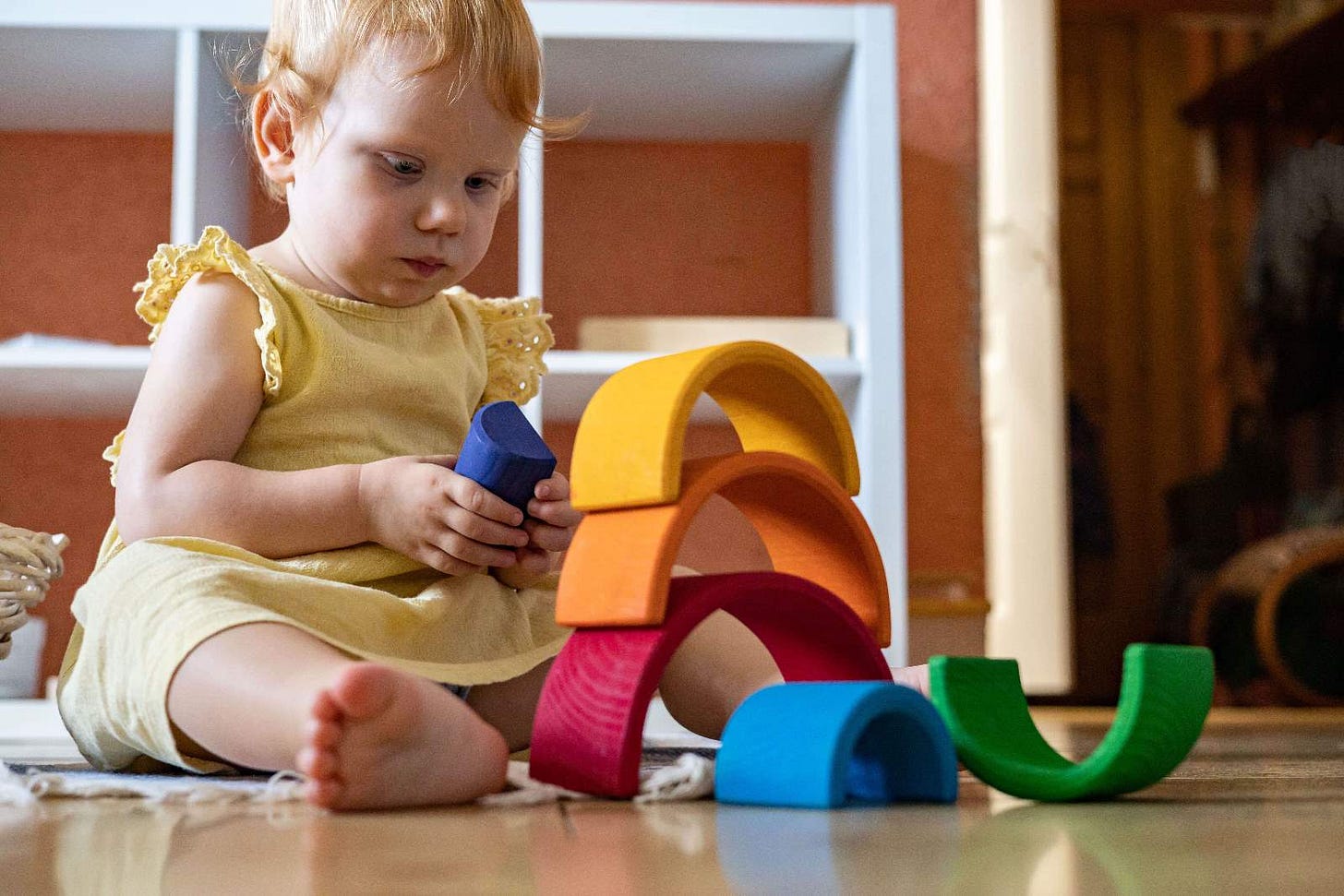7 Things That Should Be In A Homeschooling Program
Include these things in the home schedule for all ages of toddlers. Consistency is key If you want to help reduce anxiety, give your child some control and help them become comfortable.
1. A Consistent Wake-Up Time
Try to have a consistent time that your child gets up each morning. This will help your child set the mood of their day better and become familiar with the events, the order, and the rhythm. Morning routines include diaper changes, teeth brushing, baths, pyjamas, and breakfast.
2. A Consistent Breakfast Time
Breakfast should include hand washing, having enough time to eat, self-feeding, and conversing. Morning meals are not the best time to introduce new foods to your toddler; stick to things they know and like to ensure that they eat something.
Give enough time at breakfast for
Independent feeding.
Eating.
Chewing
Food exploration.
Conversations and questions.
3. Enough Play Time
Independent playtime. Sixty minutes or more each day is a good time for your child to get into their play. This is when your toddler is leading their space, choosing their toys, and exploring. 1 These hands-on activities and materials should allow your child to explore, discover, investigate, and repeat experiences (1999).
Together playtime. This time can be done with a parent, a friend, or a sibling. This time should last for at least 30 minutes and can be broken up throughout the day. During these mutual interactions, your child can get a chance to play socially, problem-solve, build language, and partake in giving and taking relationships.
4. Consistent Joint Reading
Read at least two books daily with your child; let them choose and have time to read to you. Additionally, have books available at home to encourage independent reading. While reading, your child can have the opportunity to explore their thoughts, examine images, build on prior knowledge, and discover new findings (2009).
5. Block Building And Play
Block play can spark so many learning opportunities within all developmental areas. Your child can get a chance to express their ideas, be creative, make art creations, be imaginative, build oral language, and build inquiry while having fun. Many materials can be used to construct things, such as blocks, sticks, cups, recyclable items, cubes, boxes, or play-dough. Adding multicultural people, plastic animals, vehicles, and street signs can help spark more bottomless imagination.
Some excellent toddler-friendly materials
Large Legos.
Large Wooden blocks.
Magnetic shapes.
Duplo blocks.
Foam blocks.
Yogurt tubs.
6. Consistent Outdoor Time
Outdoor play should be for at least one hour each day. Select outdoor spaces that cater to your child’s physical needs and preferences. For example, park spaces with big open spaces, riding toys, sandboxes, climbing equipment, and running distance are very age-appropriate for a toddler. In addition, outside activities such as hiking, the library, the farmers market, taking your pet for a walk, or having a bike ride can be included.
7. Consistent Nap Times
Put a fresh diaper, pull-up, or trainer on your child before their afternoon nap to sleep comfortably. Each child is different, but usually, naps are two hours long. Putting your child down for a nap around 11:30-12:00 can help them get some sleep while still having enough time to rebuild their tiredness for nighttime.
Have a consistent nap wake-up time and routine
You might have to wake up your child from their afternoon nap gently so they don’t sleep too much during the day. Speak to them softly, rub their backs in a stroking motion, and turn off the quiet music in their room. Then, you can say calmly, “It’s wake-up time’’ or “It’s time to open your eyes; nap time is all done”.
Turn off the quiet music.
Turn on the lights.
Change your child’s diaper.
A sample of a daily homeschool schedule
7:40-8:00: Wake up your toddler and do a diaper change.
8:40: Eat breakfast.
9:00-9:40: Brush teeth, sit on the potty, wash face, bath time, dress.
9:50 – 10:40: Individual cognitive playtime.
10:45: a small snack if your child is hungry.
11:15 – 11:45: Outdoor play or park.
Noon: Lunchtime.
12:40: Wash hands/brush teeth.
1:00: Naptime ( this can be put earlier depending on your child).
3:00: Wake up from a nap, and your child can have a small snack.
3:40 – 5:15: Cooperative play.
5:20 – 6:15: Dinner time.
6:30 - Quiet play (choose calmer activities, such as colouring).
6:50- 7:20: Nighttime routine starts, such as bath time, brushing teeth, and putting on pyjamas.
7:30: Quiet time in your child’s bedroom/ reading a book and cuddling.
7:50-8:10: Lights out in bed.
Bredekamp et al. Reaching Potentials: Appropriate Curriculum and Assessment for Young Children. Vol 1. (1999).


